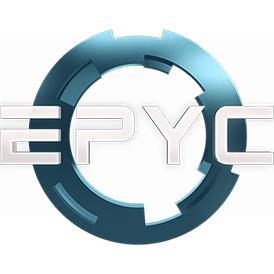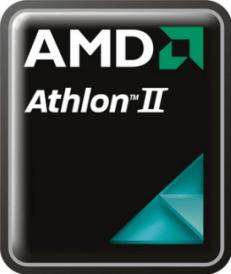 Estimated results for PassMark CPU Mark
Estimated results for PassMark CPU Mark
|
|
AMD EPYC 7282
16C 32T @ 2.8 GHz
|
29488
|
|
|
AMD Athlon II X4 610e
4C 4T @ 2.4 GHz
|
1857
|
 Geekbench 5, 64bit (Multi-Core)
Geekbench 5, 64bit (Multi-Core)
|
|
AMD EPYC 7282
16C 32T @ 2.8 GHz
|
7638
|
|
|
AMD Athlon II X4 610e
4C 4T @ 2.4 GHz
|
1115
|
 Geekbench 5, 64bit (Single-Core)
Geekbench 5, 64bit (Single-Core)
|
|
AMD EPYC 7282
16C 32T @ 2.8 GHz
|
1086
|
|
|
AMD Athlon II X4 610e
4C 4T @ 2.4 GHz
|
318
|
 Cinebench R20 (Single-Core)
Cinebench R20 (Single-Core)
|
|
AMD EPYC 7282
16C 32T @ 2.8 GHz
|
373
|
|
|
AMD Athlon II X4 610e
4C 4T @ 2.4 GHz
|
125
|

